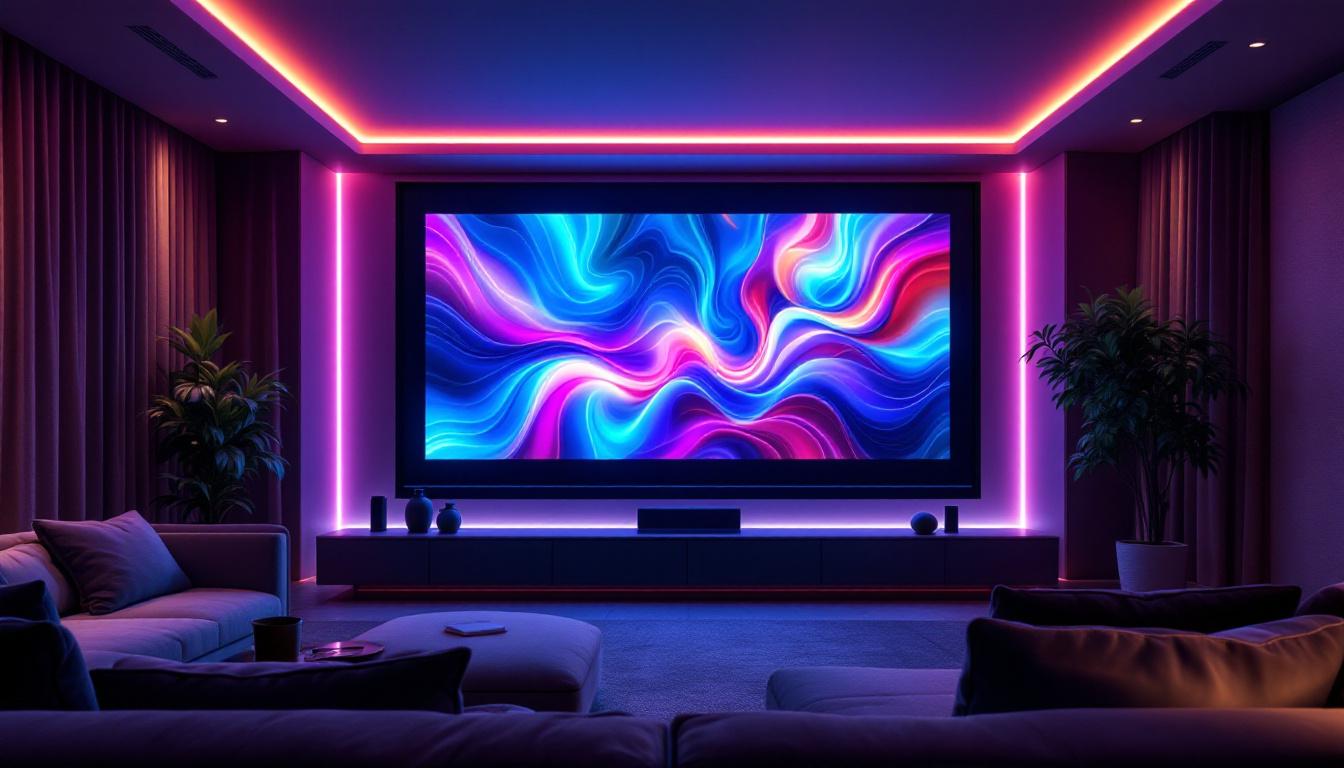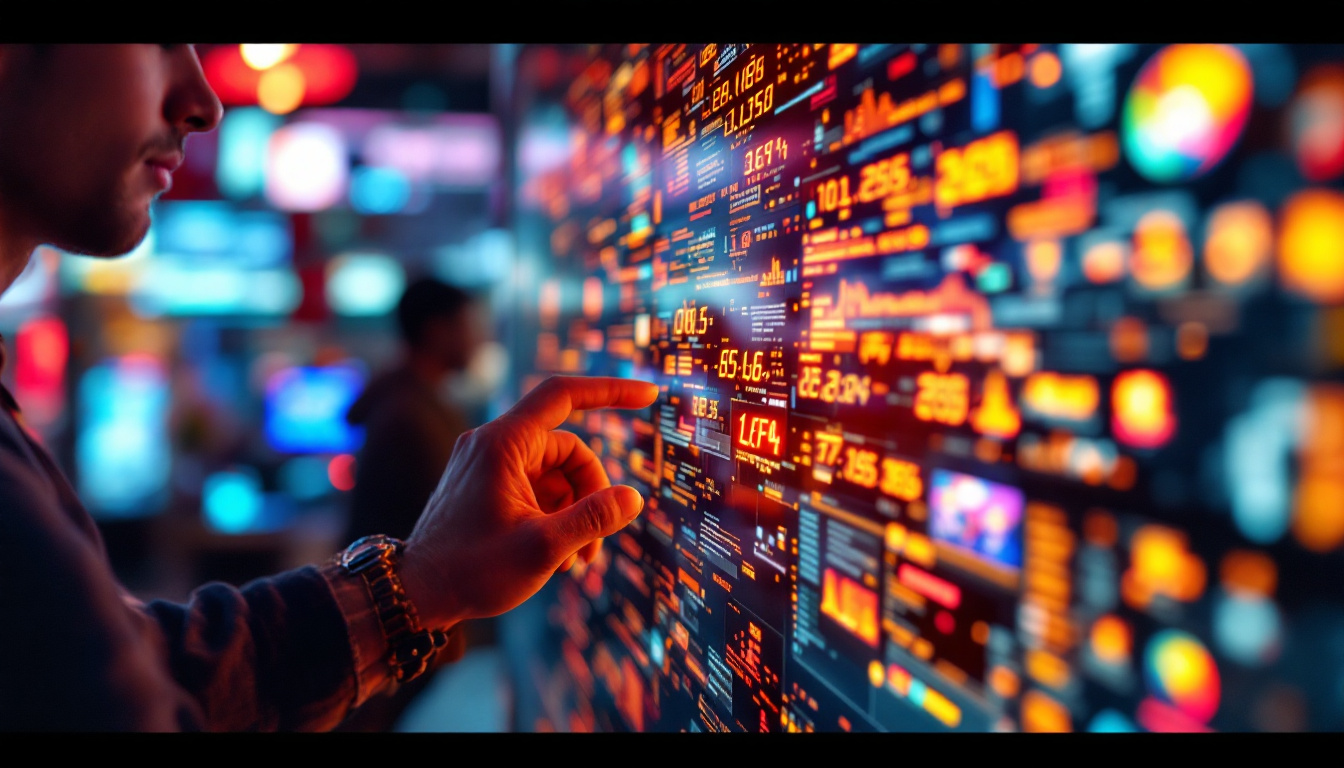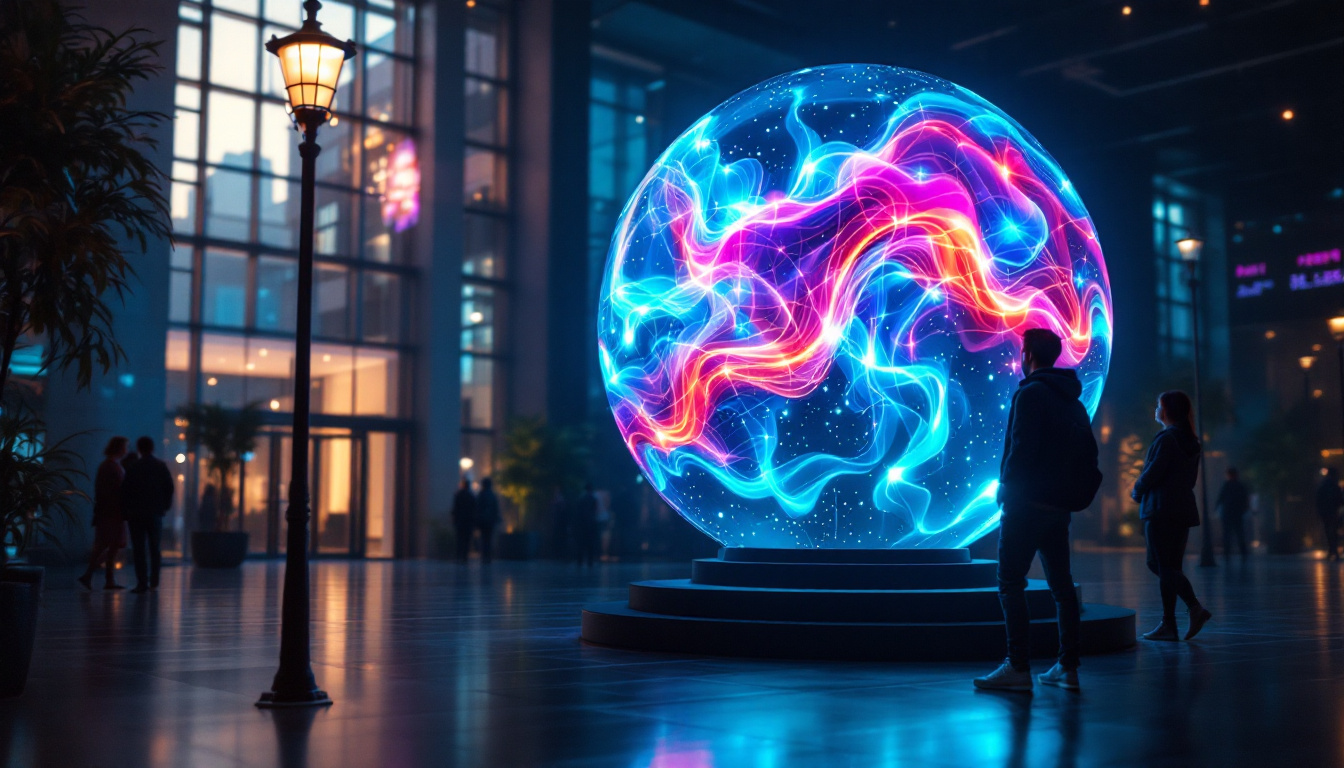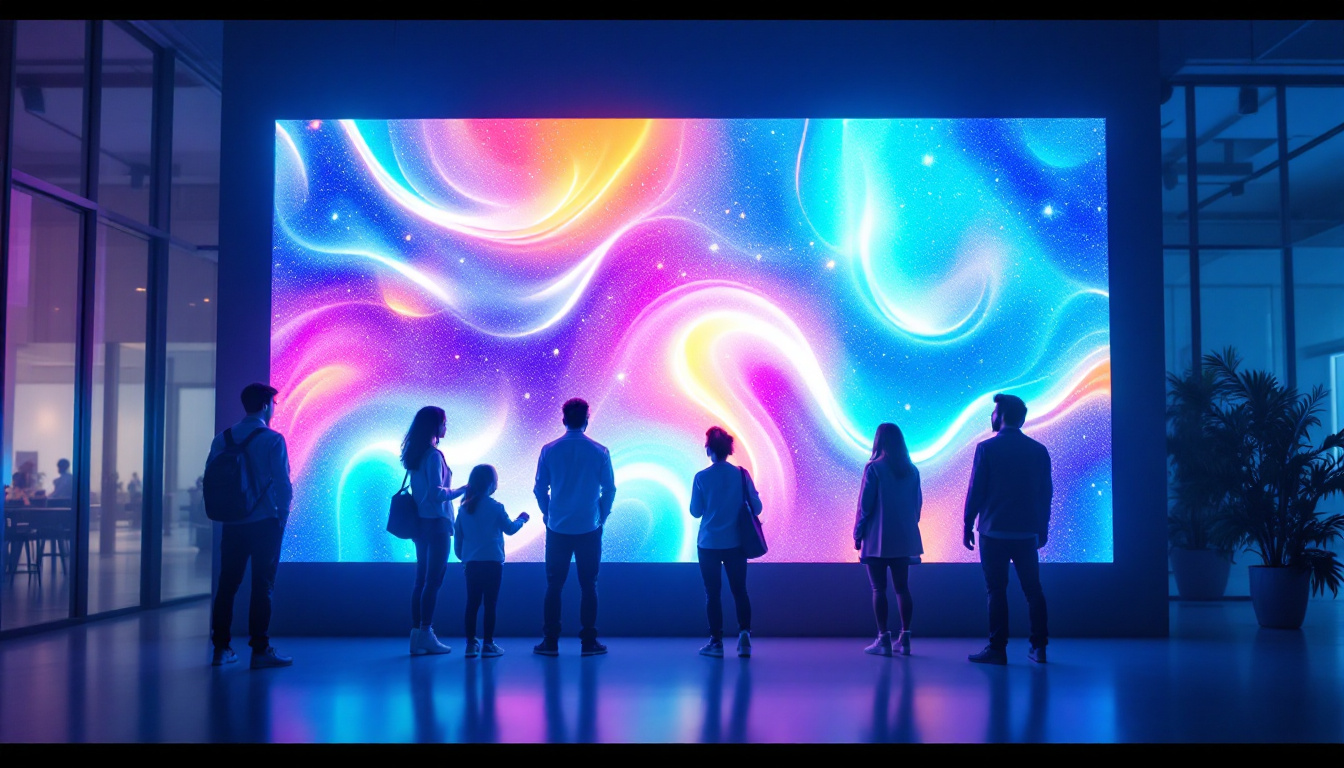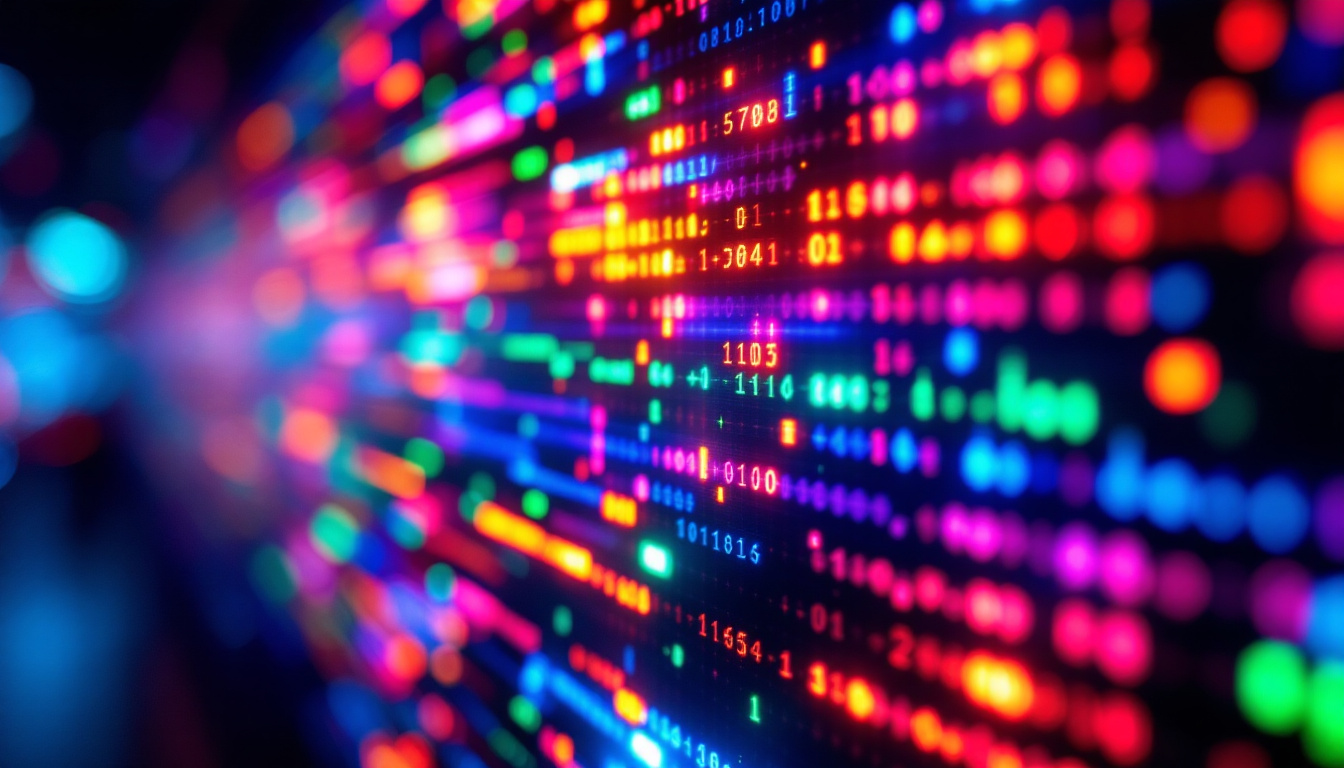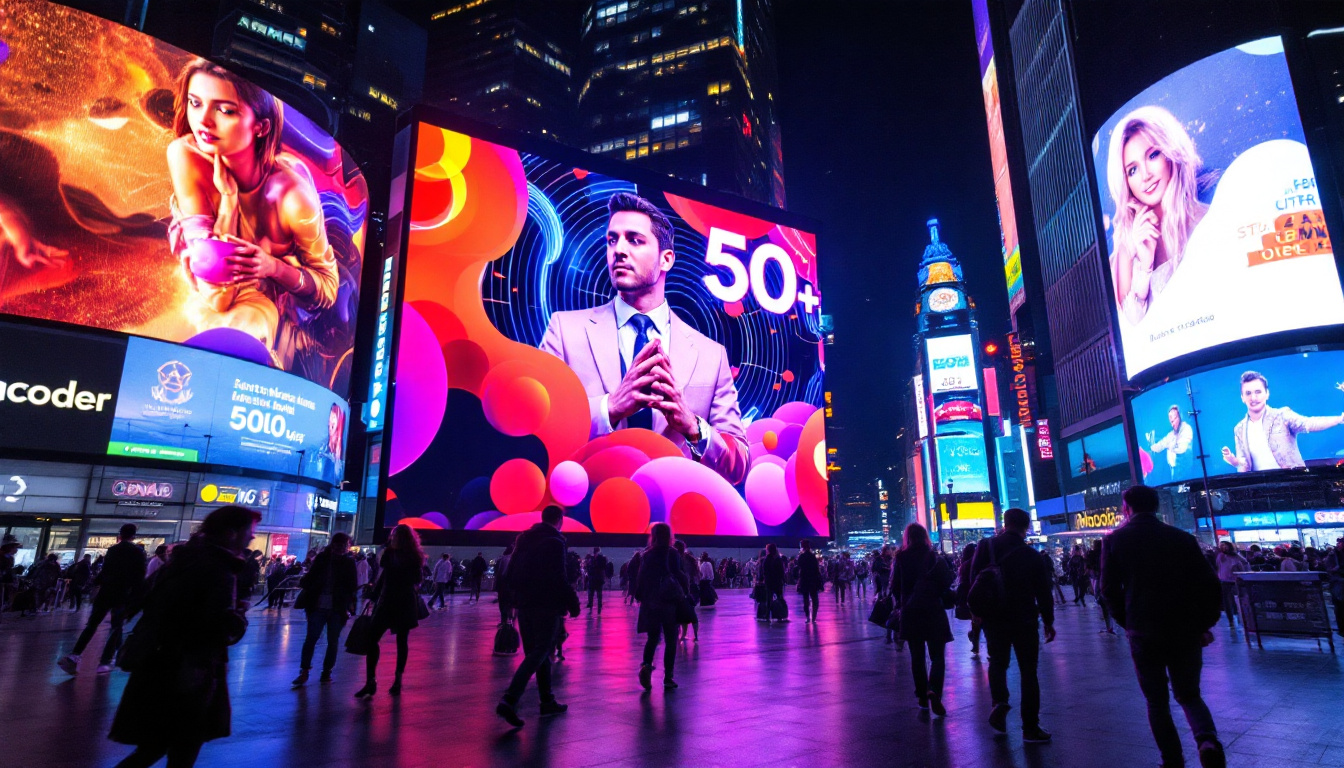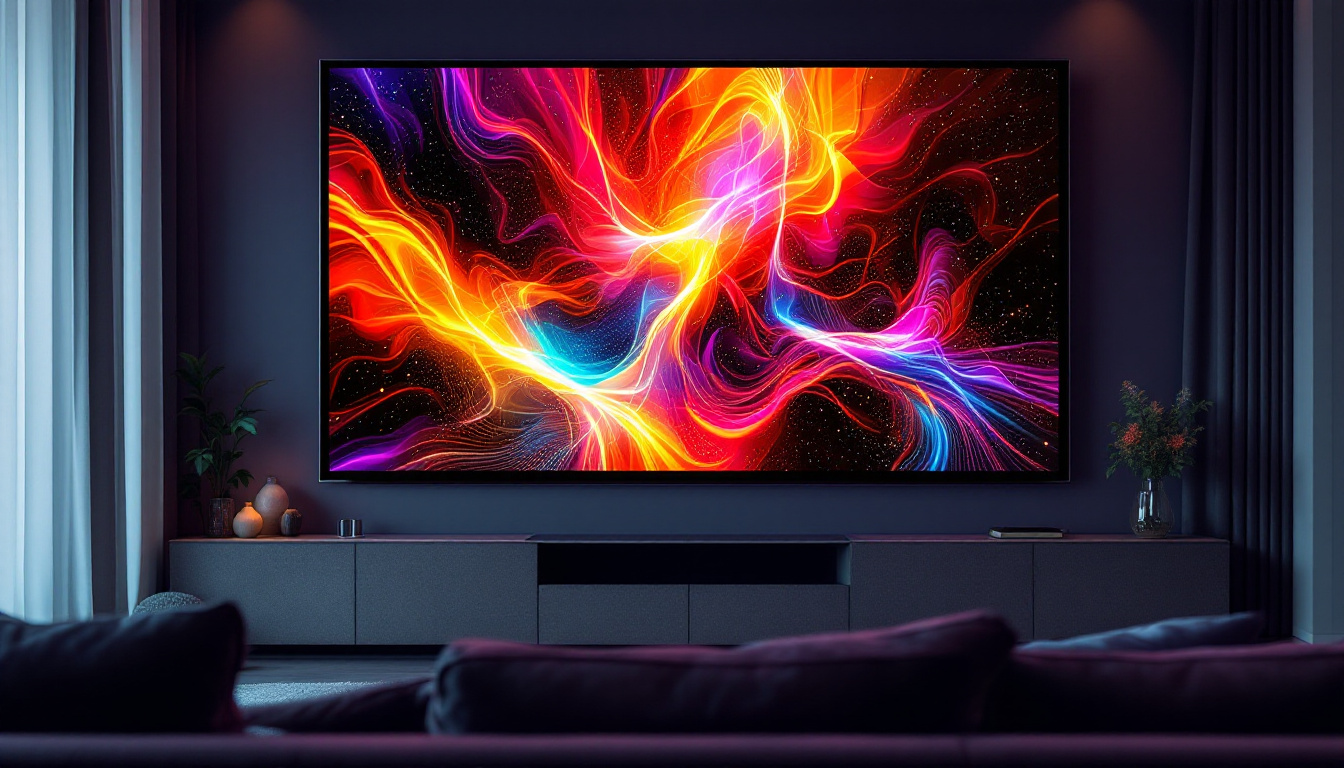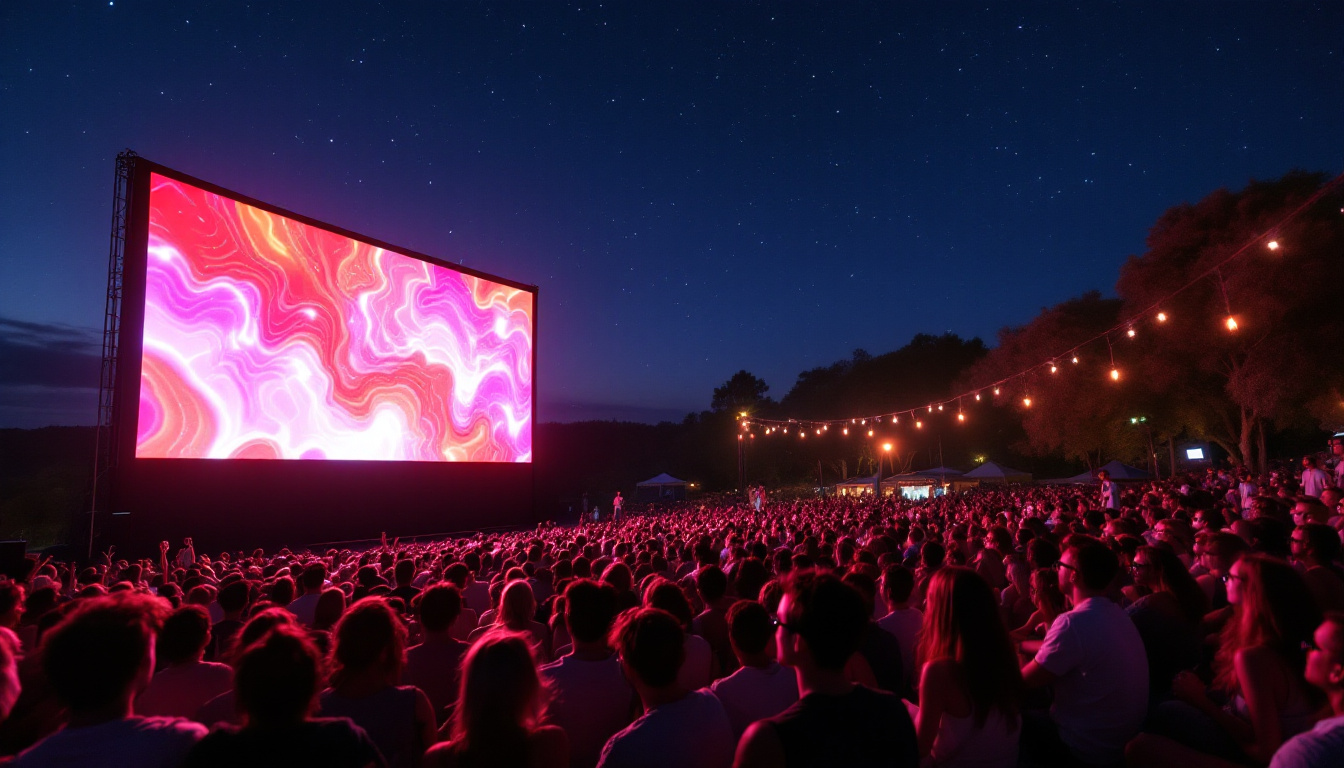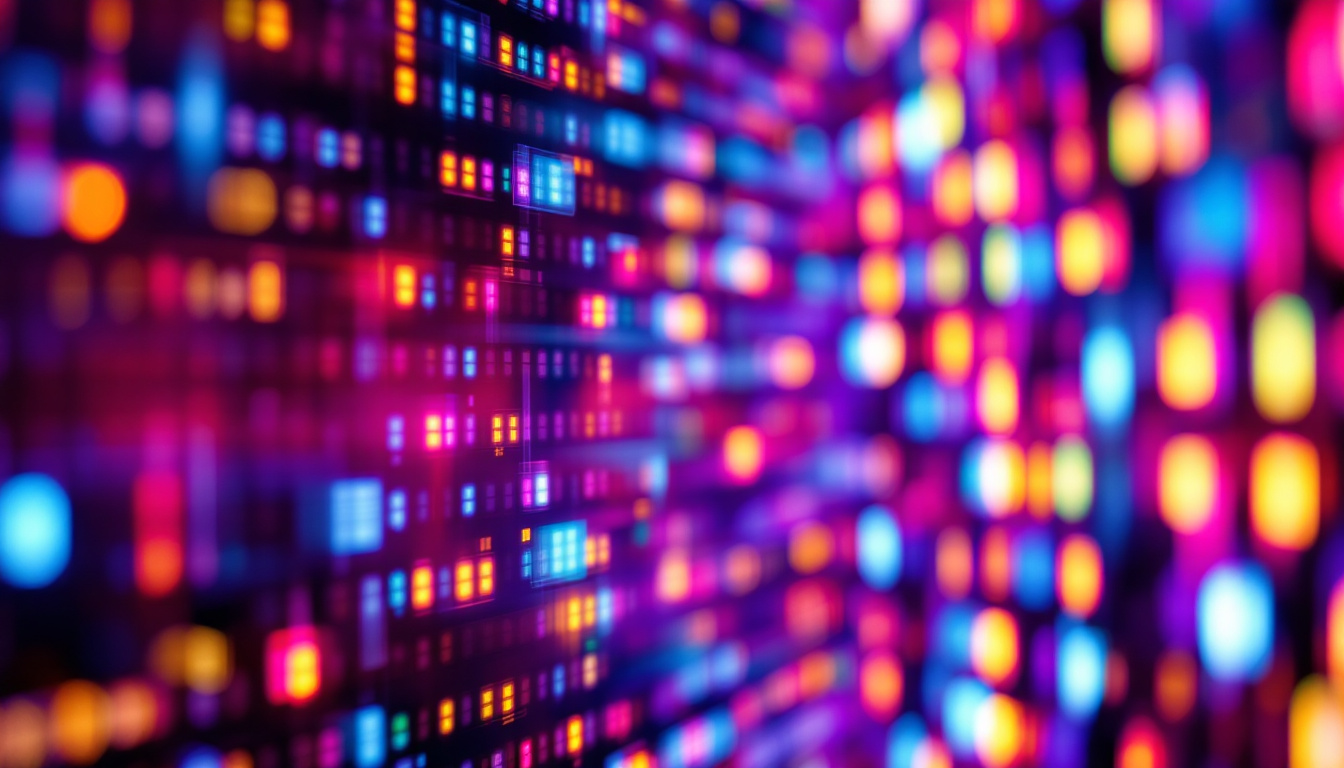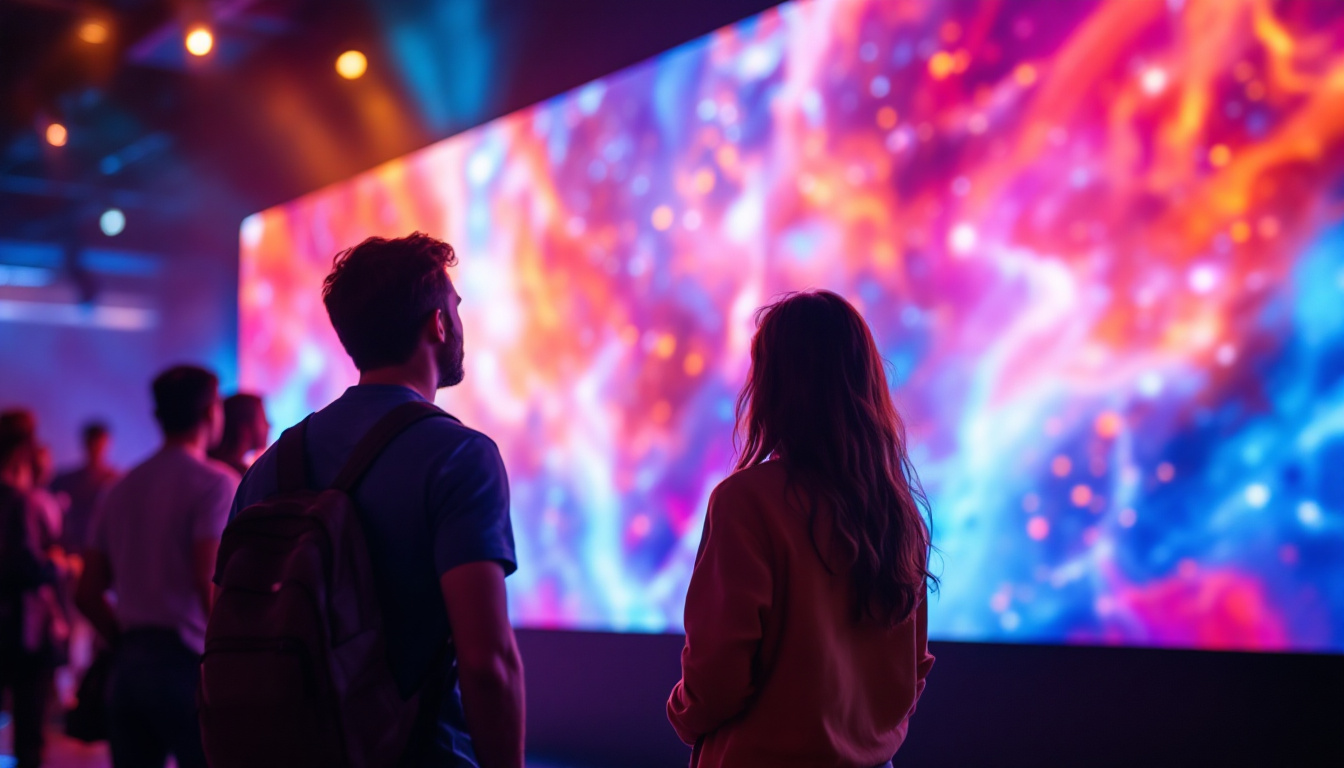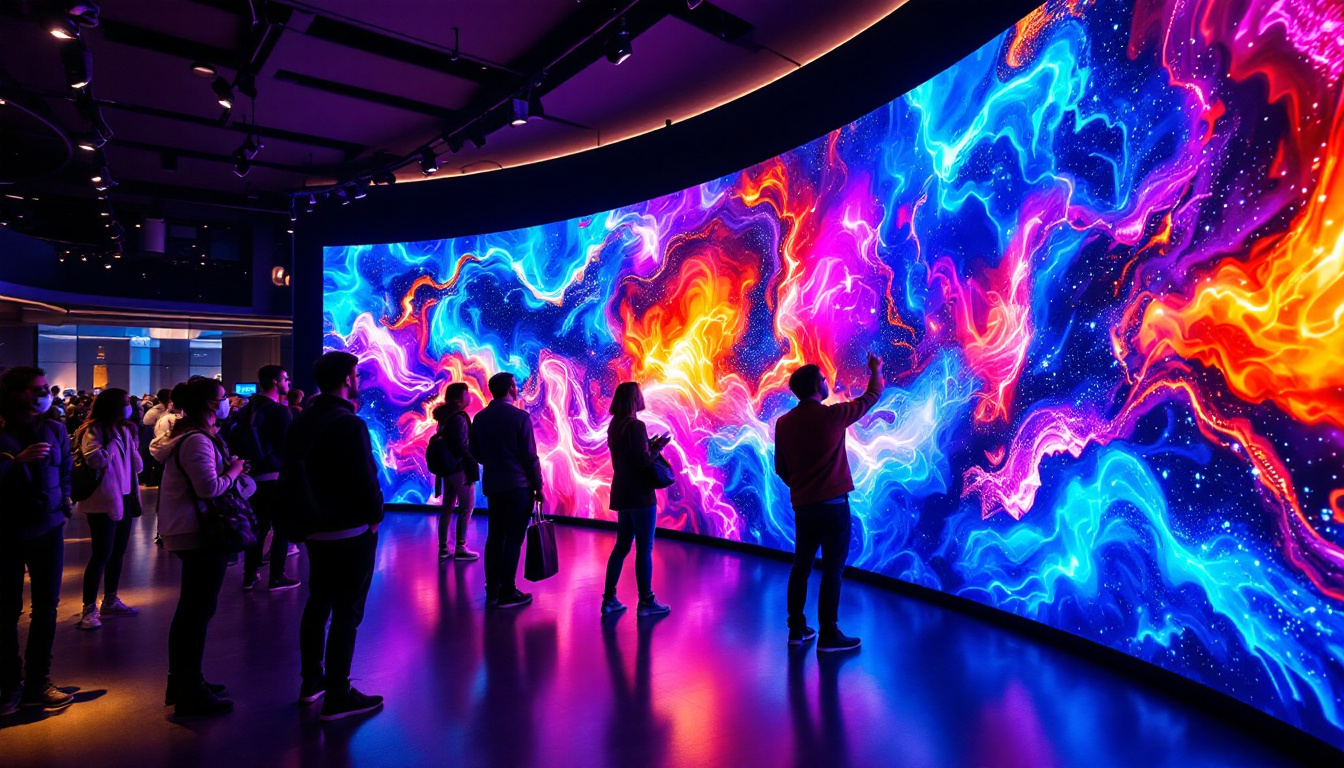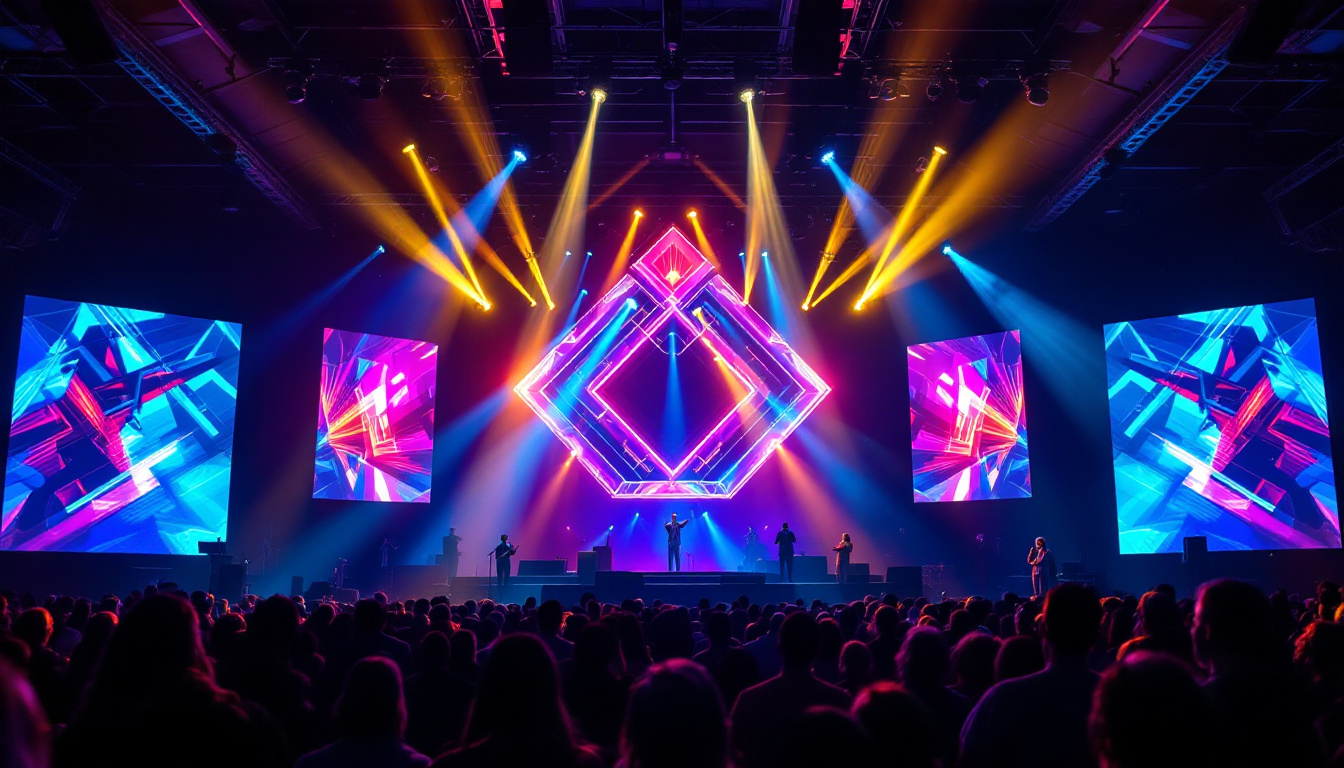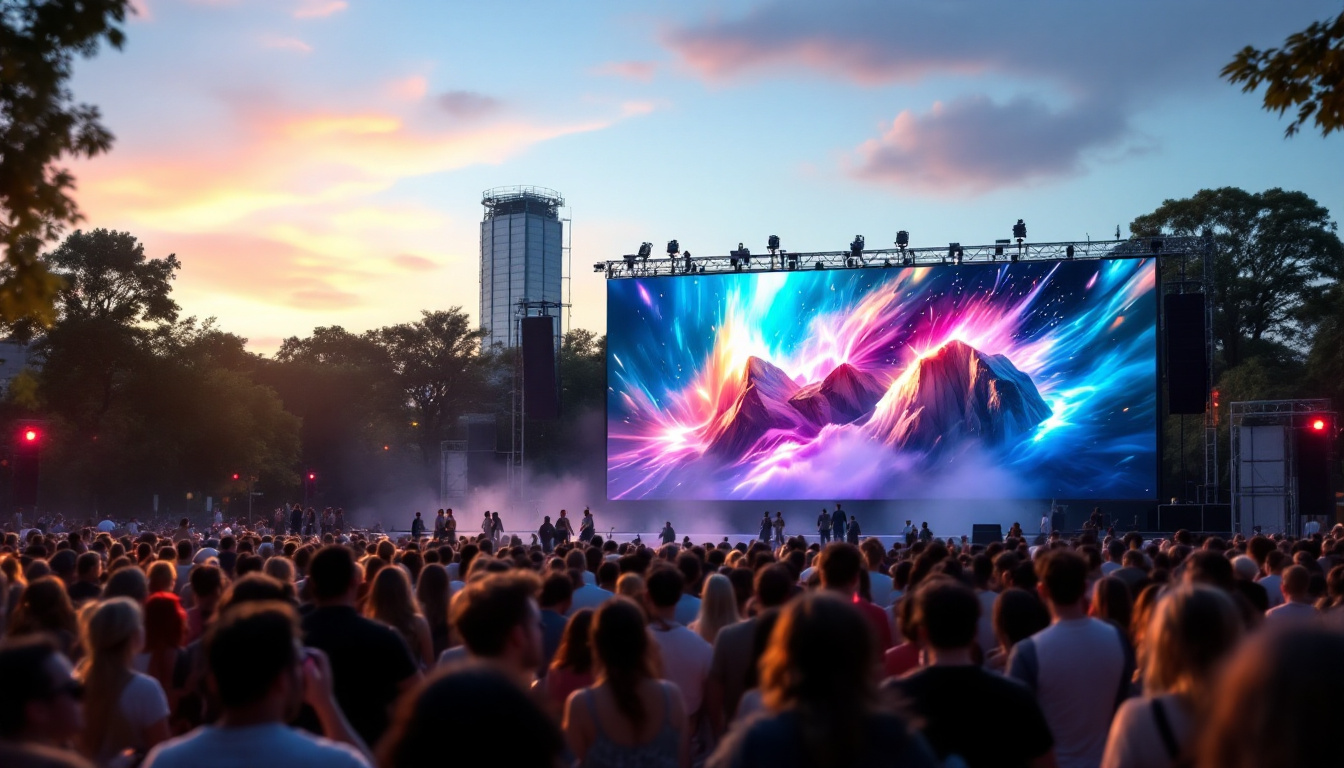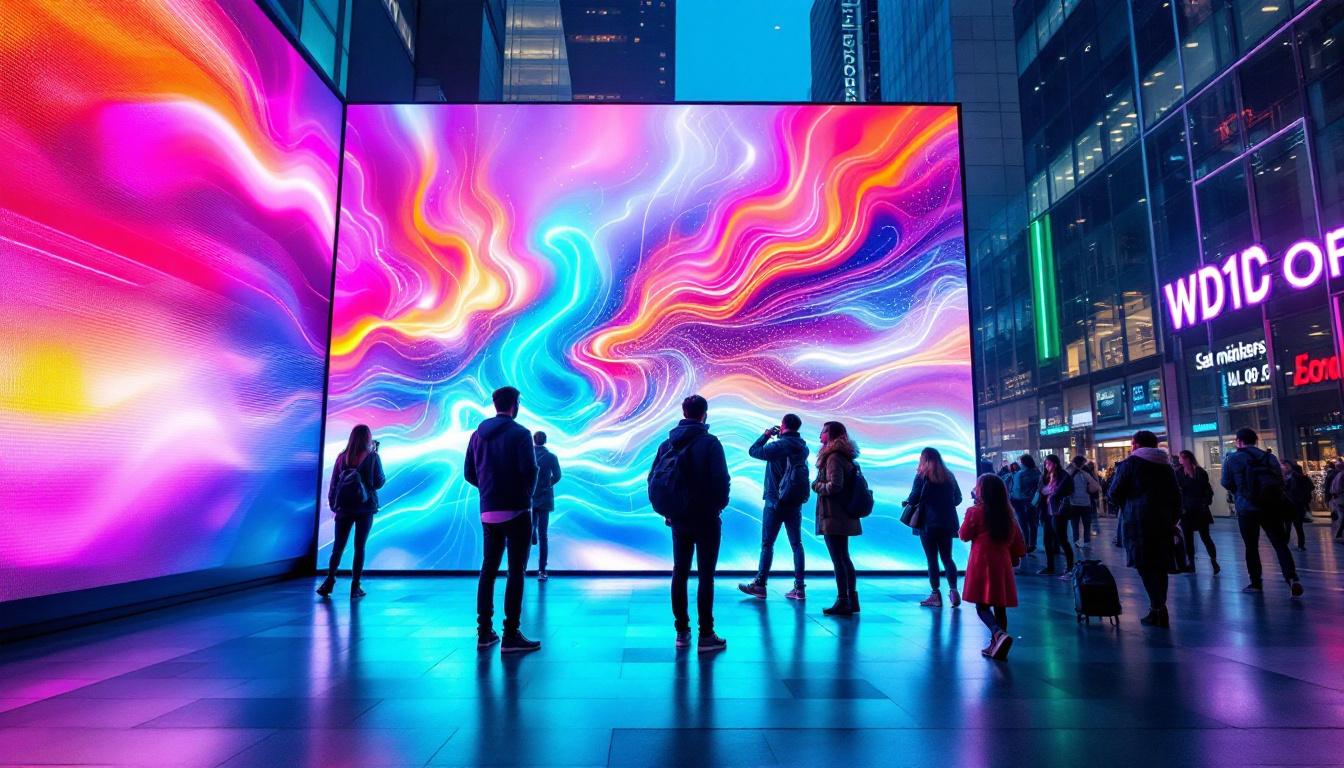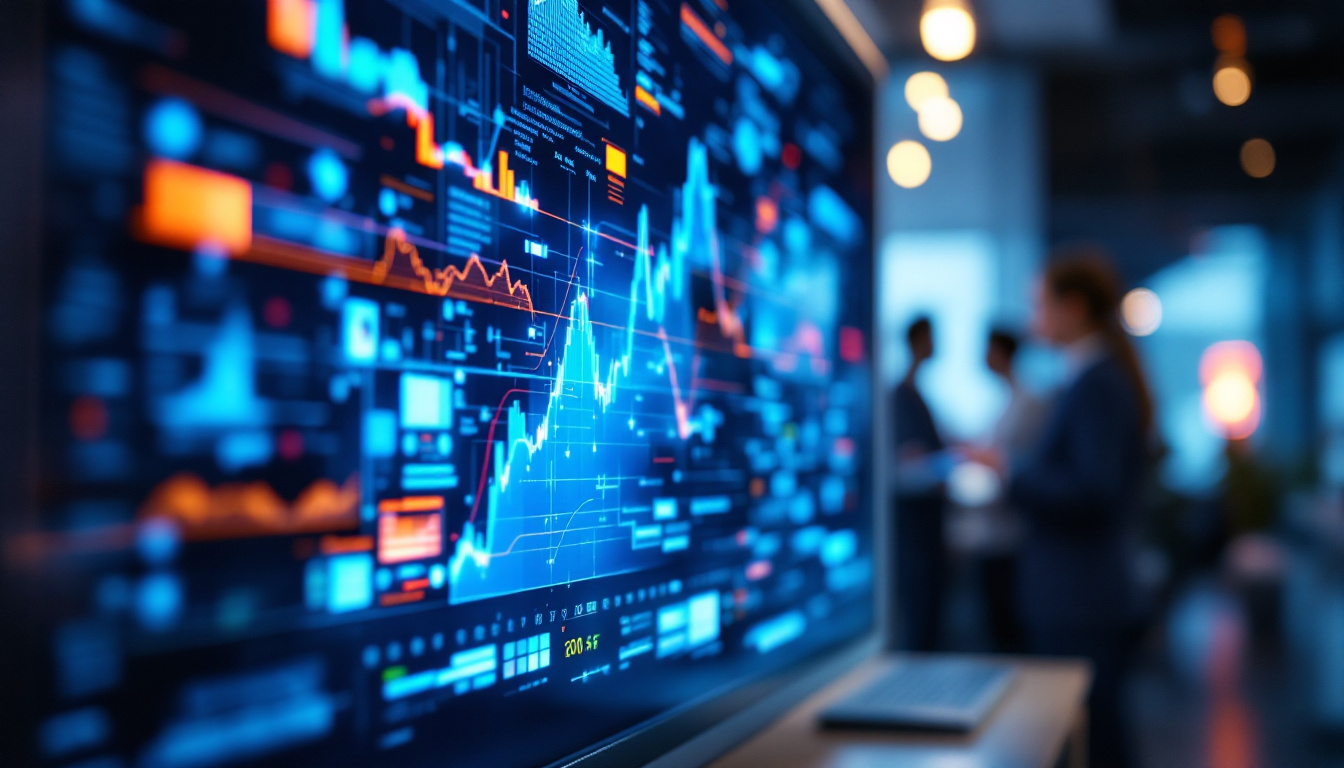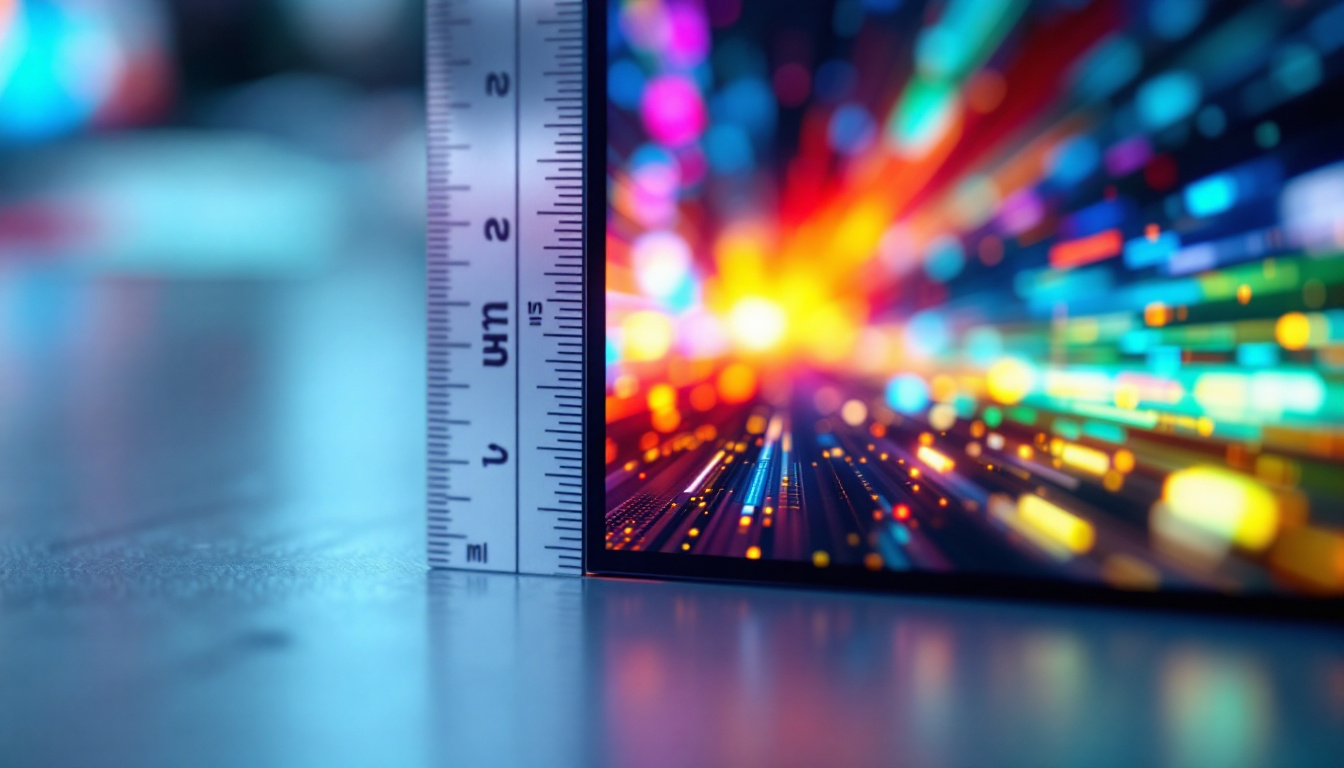In the world of high-end visual displays, the technology behind projector screens has evolved significantly. Among the most notable advancements is the emergence of LED displays as a premium alternative to traditional projector screens. This article explores the nuances of LED display technology, its advantages over conventional projection systems, and why it’s becoming the preferred choice for professional and luxury environments.
Understanding LED Displays: The Basics
LED, or Light Emitting Diode, displays are composed of thousands to millions of tiny diodes that emit light when an electric current passes through them. Unlike traditional projector screens that rely on an external light source projecting an image onto a surface, LED displays generate their own light, creating vibrant and sharp images directly from the screen itself.
These displays come in various configurations, including direct-view LED panels and micro-LED technology, which is gaining traction for its superior brightness and color accuracy. The modular nature of LED panels allows for customizable screen sizes and aspect ratios, making them highly versatile for different environments. This adaptability is particularly beneficial in settings such as retail spaces, where dynamic content can be displayed to attract customers, or in sports arenas, where large-scale displays enhance the viewing experience for fans.
How LED Displays Differ from Traditional Projector Screens
Traditional projector screens depend on a projector to cast images onto a reflective surface. This setup often requires a darkened room to achieve optimal image quality and can be limited by ambient light interference. In contrast, LED displays produce their own light, which means they can deliver bright, clear images even in well-lit environments.
Moreover, LED displays offer higher contrast ratios and better color reproduction. The absence of a projection lens eliminates issues such as image distortion, focus inconsistencies, and shadows. This results in a more immersive and reliable viewing experience, especially in professional settings like boardrooms, auditoriums, and luxury home theaters. Additionally, LED technology boasts a longer lifespan compared to traditional projection systems, often exceeding 50,000 hours of use, which translates to lower maintenance costs and less frequent replacements. This durability makes LED displays an appealing choice for businesses looking to invest in long-term solutions for their visual communication needs.
Advantages of High-End LED Displays Over Projector Screens
Superior Brightness and Contrast
One of the most significant benefits of LED displays is their ability to maintain high brightness levels without compromising image quality. High-end LED screens can reach brightness levels upwards of 1,500 nits, which is substantially brighter than most projectors that typically range between 1,000 to 2,500 lumens but lose brightness over distance and ambient light.
This brightness ensures that images remain vivid and legible even in brightly lit rooms, making LED displays ideal for corporate presentations, digital signage, and environments where controlling lighting is challenging. In addition, the high contrast ratio of LED displays allows for deeper blacks and brighter whites, enhancing the overall viewing experience. This feature is particularly beneficial in scenarios like live events or exhibitions, where dynamic content is displayed and the audience’s attention needs to be captured instantly.
Exceptional Color Accuracy and Consistency
LED technology supports a wide color gamut and precise color calibration, which is crucial for applications requiring accurate color representation, such as graphic design, film production, and medical imaging. High-end LED displays often support HDR (High Dynamic Range), enhancing the depth and realism of images.
In contrast, projector screens can suffer from color degradation due to the quality of the projector lamp, screen material, and ambient light conditions. LED displays provide consistent color performance over time, reducing the need for frequent recalibration. Moreover, the ability of LED displays to render colors accurately across various viewing angles ensures that everyone in the room, regardless of their position, experiences the same high-quality visuals. This is particularly advantageous in collaborative environments where multiple viewers need to engage with the content simultaneously.
Longevity and Maintenance
LED displays generally have a longer lifespan than projector lamps, which typically need replacement every 2,000 to 4,000 hours. High-quality LED panels can operate for 50,000 hours or more before noticeable degradation occurs.
Additionally, LED displays require less maintenance. There are no bulbs to replace, and the modular design allows for easy repairs or upgrades by swapping out individual panels without dismantling the entire screen. This not only saves time and money but also minimizes downtime, which is critical for businesses that rely on continuous operation. Furthermore, the durability of LED technology means that these displays are less susceptible to damage from environmental factors, making them a reliable choice for outdoor installations or high-traffic areas.
Design Flexibility and Installation
LED displays offer unparalleled flexibility in design. They can be built into curved walls, large-scale video walls, or even transparent screens, providing creative freedom for architects and designers. Their slim profile and lightweight construction make installation simpler in spaces where traditional projector setups would be cumbersome or impractical.
Furthermore, LED screens can be seamlessly tiled to create ultra-large displays without visible bezels, which is impossible with projector screens that rely on a single projection surface. This capability allows for innovative applications such as immersive environments in museums or retail spaces, where the display can wrap around corners or create dynamic shapes that engage viewers. The versatility of LED technology also extends to outdoor applications, where weather-resistant designs can be utilized for advertising or public displays, ensuring that the content remains captivating regardless of the environment.
Applications of High-End LED Displays
Corporate and Conference Environments
In corporate settings, clear communication and impactful presentations are essential. LED displays provide bright, high-resolution visuals that engage audiences effectively. Their ability to perform well under ambient light conditions means meetings can proceed without the need to dim lights, preserving a professional atmosphere.
Companies investing in high-end LED displays benefit from reduced downtime and maintenance costs, as well as the ability to integrate interactive features such as touch capability and real-time data feeds. Furthermore, these displays can be seamlessly integrated with video conferencing tools, allowing remote participants to feel more connected and engaged during presentations. This technological synergy not only enhances collaboration but also fosters a more inclusive environment, where every participant, regardless of location, can contribute meaningfully to discussions.
Luxury Home Theaters
Home theater enthusiasts increasingly prefer LED displays for their superior image quality and ease of use. Unlike projectors, LED screens do not require complex calibration or darkened rooms, making them more user-friendly for everyday viewing.
High-end LED displays can deliver cinema-quality visuals with deep blacks and vibrant colors, enhancing the immersive experience. Their sleek design also complements modern interior aesthetics, often serving as a centerpiece in luxury living spaces. In addition, many of these displays come equipped with smart technology, allowing users to access streaming services, gaming consoles, and other multimedia sources directly from the screen. This integration not only simplifies the entertainment experience but also opens up a world of content at the fingertips of viewers, making movie nights and gaming sessions more enjoyable and convenient.
Public Venues and Digital Signage
LED displays are widely used in stadiums, airports, shopping malls, and other public venues where visibility and durability are paramount. Their high brightness levels ensure content is visible even in direct sunlight, while their robust construction withstands environmental stresses.
Digital signage powered by LED technology enables dynamic content delivery, including advertisements, event information, and wayfinding, providing a versatile communication tool for businesses and municipalities. The ability to update content in real-time allows for timely announcements and promotions, which can significantly enhance customer engagement and satisfaction. Moreover, advanced analytics tools can track viewer interactions and preferences, enabling businesses to tailor their messaging and improve overall effectiveness. As a result, LED displays are not just a medium for information; they become a strategic asset that can drive foot traffic and increase sales in competitive environments.
Considerations When Choosing a High-End LED Display
Resolution and Pixel Pitch
Resolution is a critical factor in determining image clarity. Pixel pitch, the distance between individual LED pixels, influences resolution and viewing distance. Smaller pixel pitches (e.g., 0.9mm to 1.5mm) offer higher resolution suitable for close viewing, while larger pitches are appropriate for displays viewed from a distance.
Choosing the right pixel pitch depends on the intended use and viewing environment. For example, a boardroom display viewed from a few feet away requires a finer pixel pitch than a large outdoor billboard.
Screen Size and Aspect Ratio
LED displays can be custom-built to virtually any size and aspect ratio. It’s important to consider the space available, audience size, and content format when determining screen dimensions. Standard aspect ratios like 16:9 are common, but custom ratios can better suit specific applications.
Installation and Integration
Professional installation is essential for optimal performance. Factors such as mounting options, power supply, cooling requirements, and connectivity must be planned carefully. Integration with existing AV systems and control software should also be considered to ensure seamless operation.
Budget and Total Cost of Ownership
While high-end LED displays represent a significant initial investment compared to projector systems, their longevity, lower maintenance costs, and superior performance often justify the expense. Evaluating the total cost of ownership, including installation, maintenance, and energy consumption, is crucial for making an informed decision.
Future Trends in LED Display Technology
The LED display market continues to innovate rapidly. Emerging technologies such as micro-LED and mini-LED promise even higher brightness, better energy efficiency, and enhanced color accuracy. These advancements are expected to further close the gap between LED displays and traditional projection systems in terms of cost and accessibility.
Additionally, integration with smart technologies and AI-driven content management systems will enable more interactive and personalized viewing experiences. Flexible and transparent LED panels are also expanding the possibilities for creative architectural applications.
Conclusion
High-end LED displays represent a transformative shift in the landscape of projector screens and visual display technology. Their superior brightness, color accuracy, durability, and design flexibility make them an excellent choice for a wide range of applications, from corporate environments to luxury home theaters and public venues.
As LED technology continues to evolve, it offers an increasingly compelling alternative to traditional projection systems, delivering immersive and reliable visual experiences that meet the demands of modern audiences and professionals alike.
Discover the Future of Visual Displays with LumenMatrix
Ready to elevate your visual experience with the latest in LED display technology? LumenMatrix is at the forefront of innovation, offering a diverse range of LED display solutions that cater to every need. From the brilliance of an Indoor LED Wall Display to the robustness of an Outdoor LED Wall Display, the mobility of Vehicle LED Displays, and the creativity of Custom and Transparent LED Displays, we have it all. Embrace the future of visual communication and captivate your audience with unparalleled clarity and impact. Check out LumenMatrix LED Display Solutions today and transform your space into a dynamic visual masterpiece.

